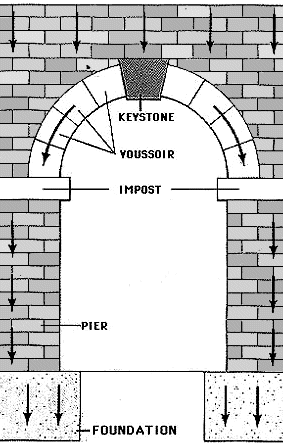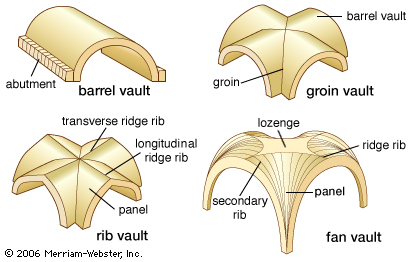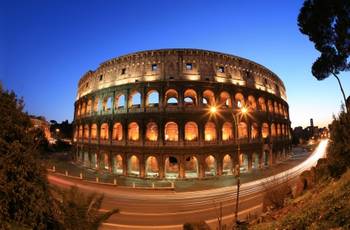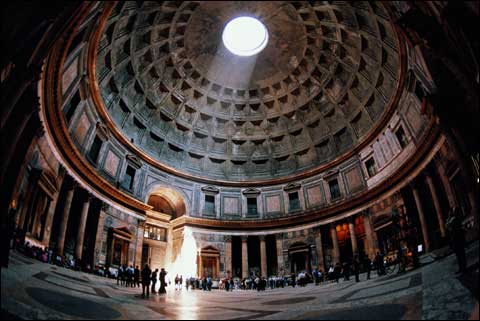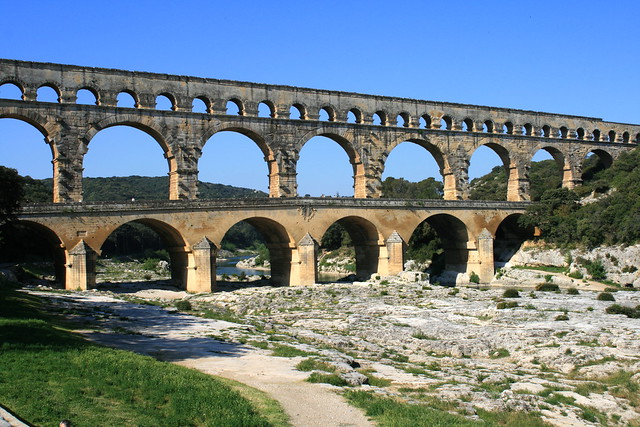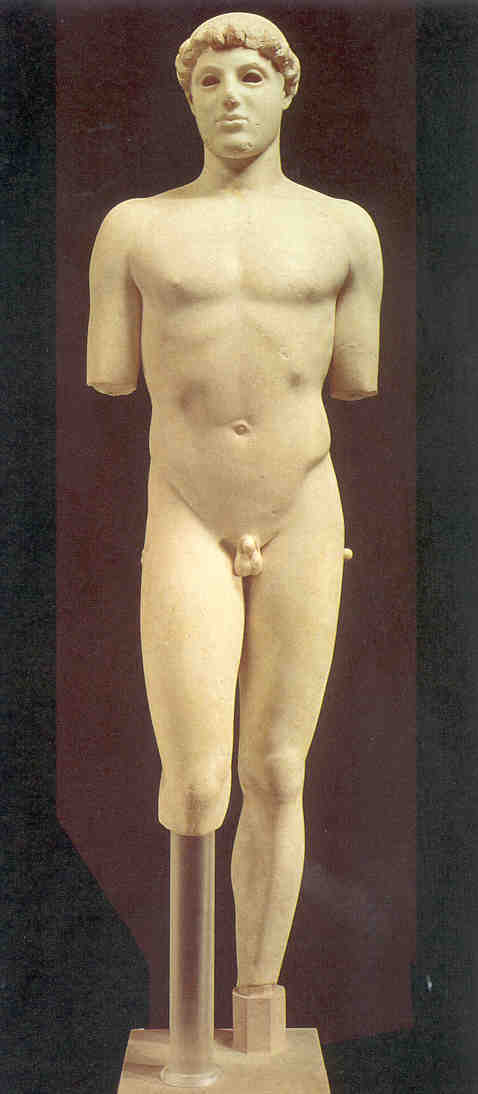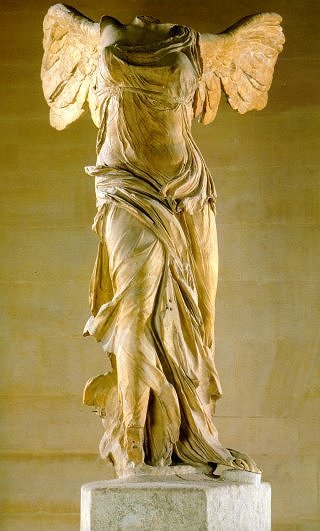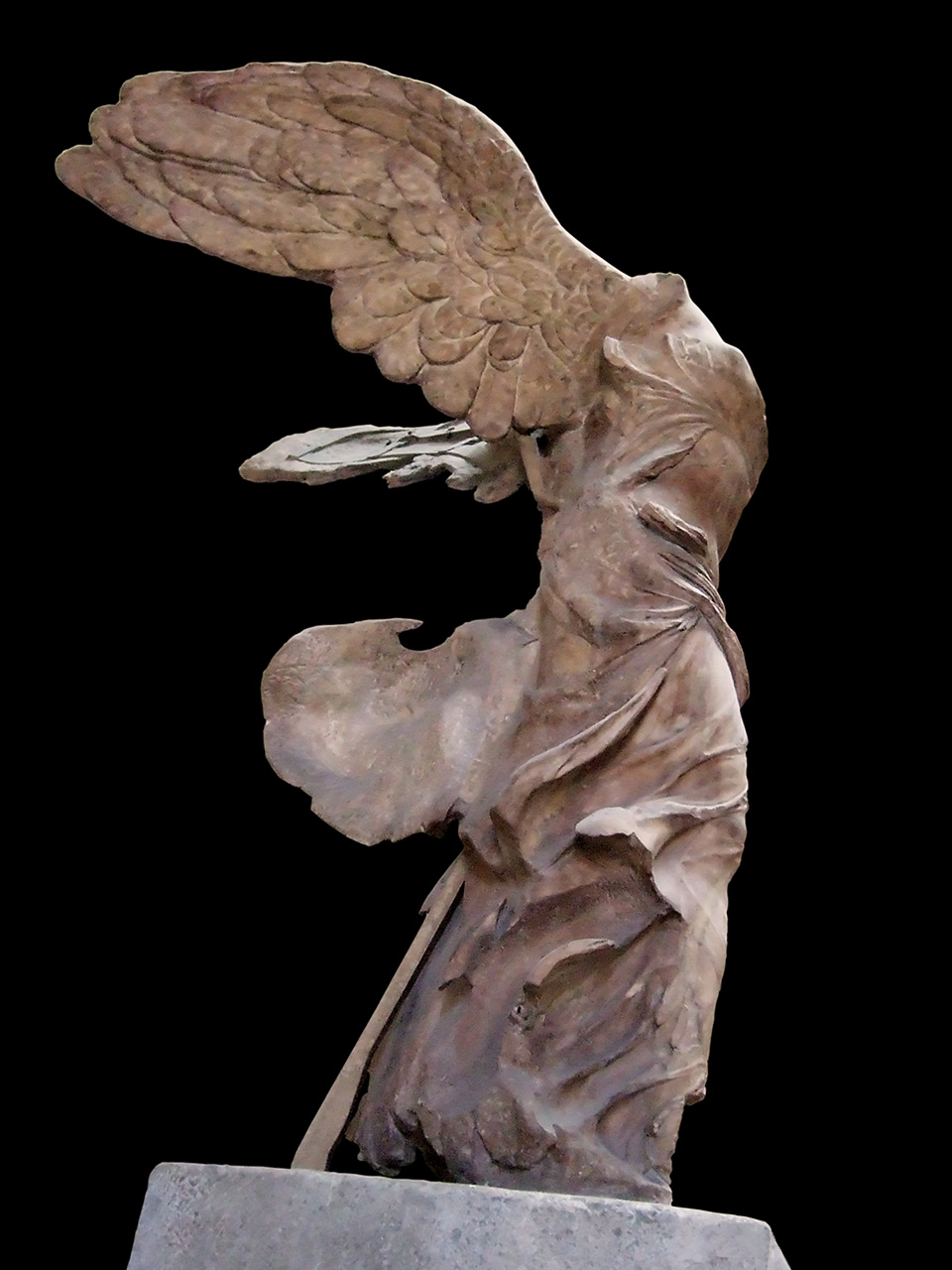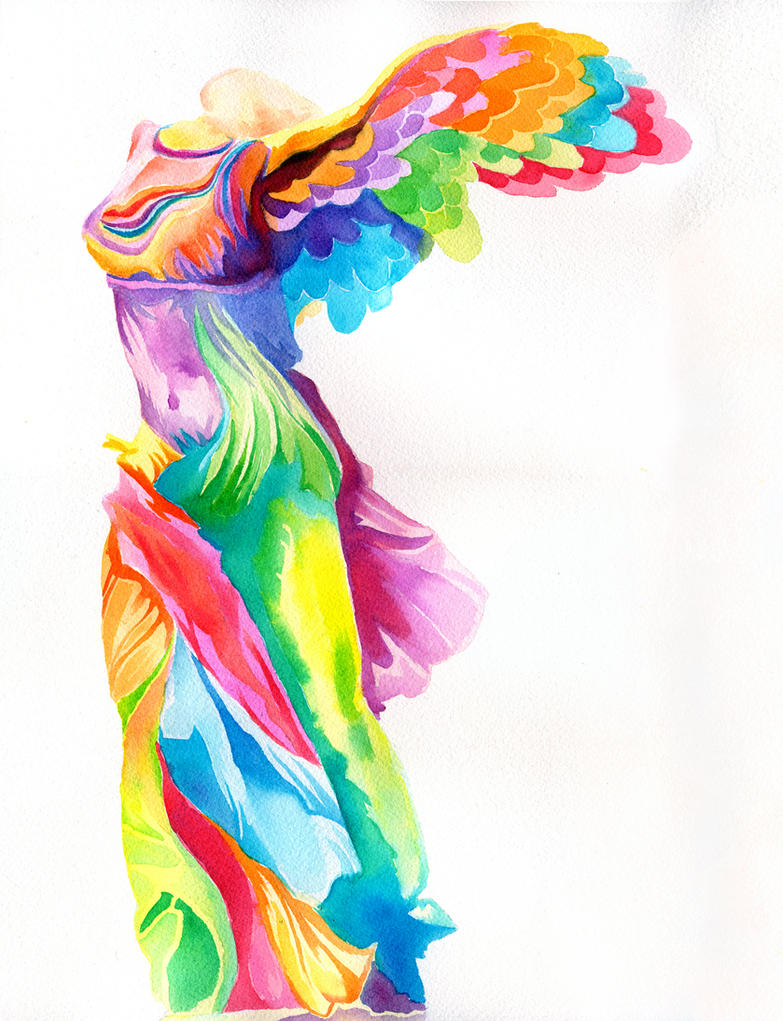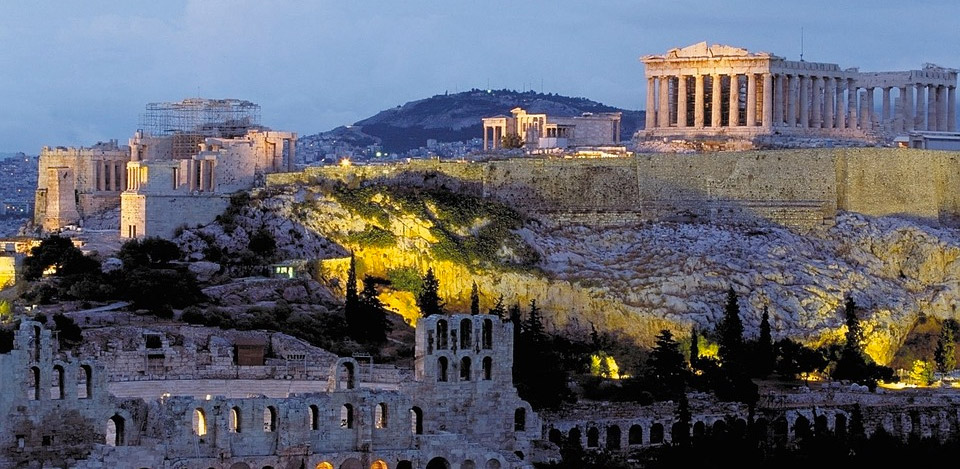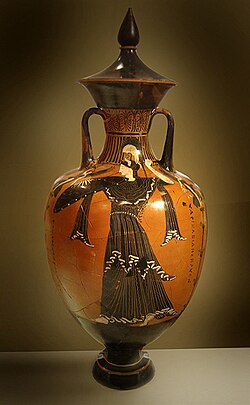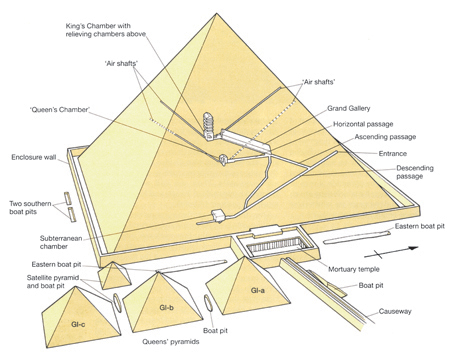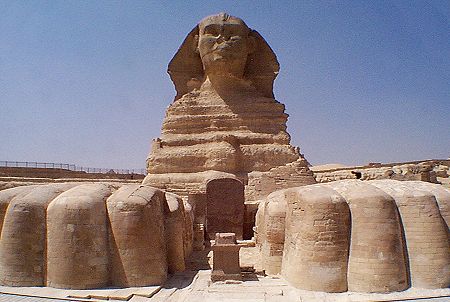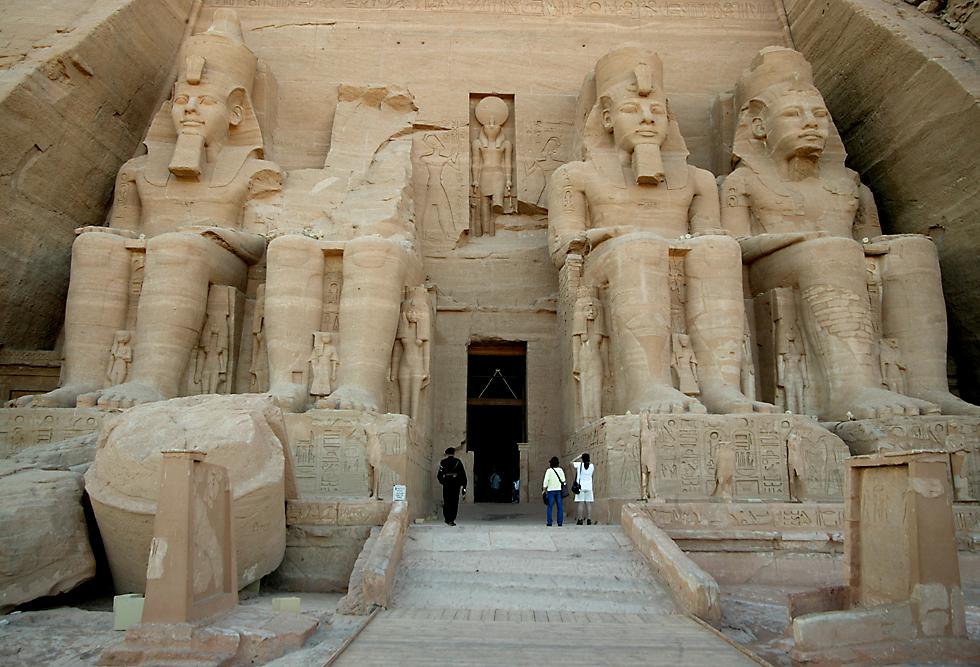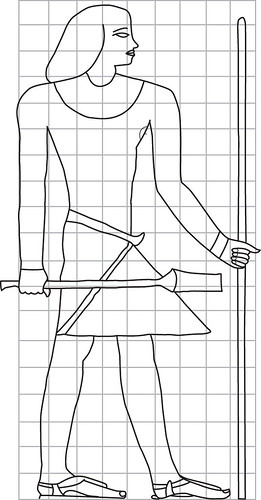Good morning! What a charming face to wake up to...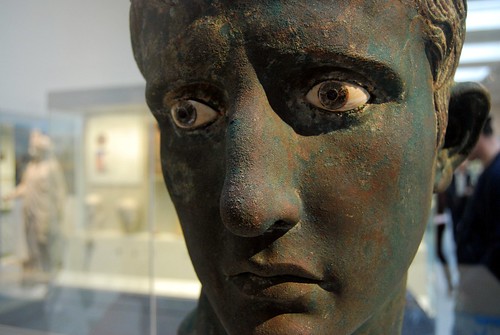

(Image from here.)
This is the head of Augustus. In my time, he is in the Getty museum. This statue is larger than life, had glass eyes, and has proportions based on the Greeks' ideal human form.

(Image from here.)
Here's another gorgeous statue, this one is of Constantine the Great. The statue is also called Colossus of Constantine. He was the first one to legalize Christianity in Rome, so many loved him and believed he had a great soul. To show this, they made his eyes very large, since Romans believe that the eyes are mirrors to the soul. Although the proportions do not look correct at this angle, he is placed very high up so that from the ground he looks more proportional. The original statue was a larger-than-life Constantine sitting down, but in my time we only have chunks of this statue.
Oh look! A horse!
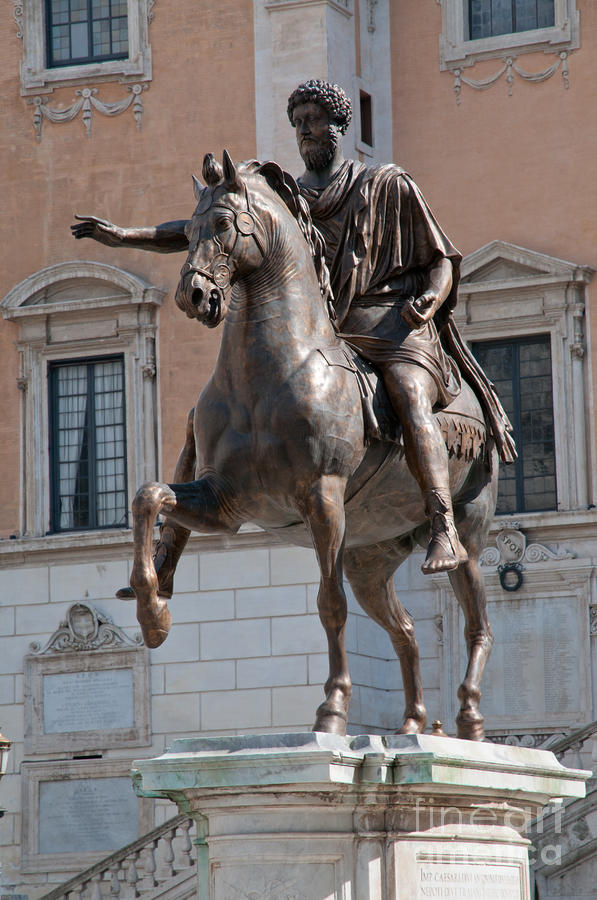

(Image from here.)

(Image from here.)
This is the equestrian bronze of Marcus Aurelius. Equestrian statues were very popular in Rome. It is one of the only surviving equestrian bronzes in my time. The rest had been pilfered, melted down to make coins or a new statue, or they had been destroyed by medieval Christians who thought the statues were all of pagan gods.

(Image from here.)
What in the world is this, a lighthouse? Oh wait, no, this is the Column of Trajan. The professor told me about this one- it has Trajan's ashes inside. It also has a spiral staircase that leads to the lookout at the top like a lighthouse. See the little statues carved into the column? The entire column recorded Trajan's great adventures, conquests, and victories in those little statues. And 98 feet of his victories too! It's kind of like a very narcissistic comic book artist who makes himself Superman.

(Image from here.)
Oh look an art vender selling Frescos!
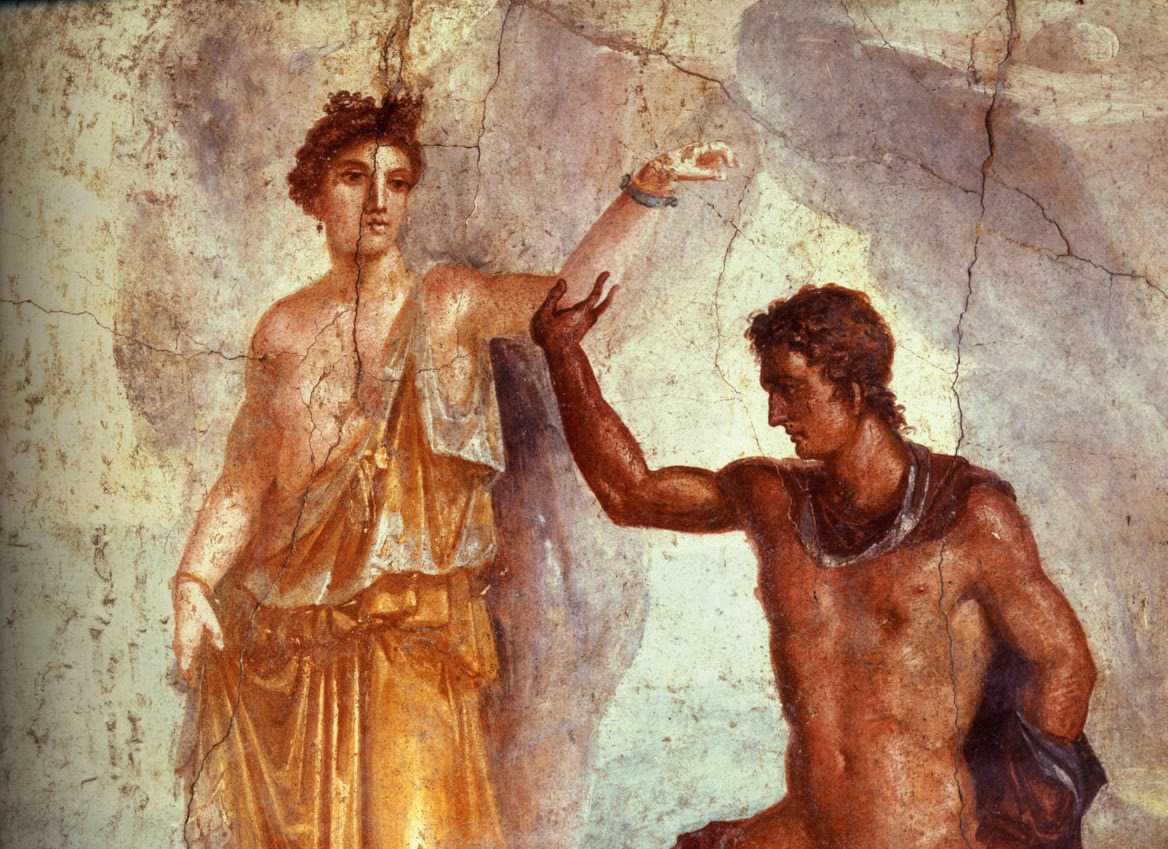
(Image from here.)
Fresco is the Italian word for Fresh, these paintings were painted on wet plaster, and commonly in houses in Pompeii. Speaking of which, let's visit Pompeii before it goes up in flames, shall we?

(Image from here.)
Rome is far from Pompeii on foot, but by time machine it's just a blink away!
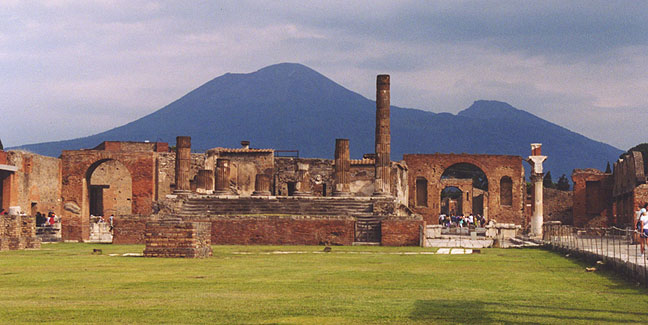 (Image from here.)
(Image from here.)This is what the ruins of the town look like in my time. It's famous for being destroyed by Mount Vesuvius erupting which had followed a great earthquake that had ruined most of the city. It was excavated before my time, around 1748. It had just been a heap of ashes before they dug up the entire city underneath it. Pompeii was a Roman colony, one with lots of art and luxury that often depicted very crass and erotic images. The entire culture was very disgusting and sinful in their sexuality, and lived hedonistic lives of luxury. Some say that through Mount Vesuvius it was wiped out by God like Sodom and Gomorrah were.
Now onto something a little more savory.
(Image from here.)

(Image from here.)
This is a Roman mosaic. The Greeks made mosaics first, but the Romans excelled at it. Each piece was only 1-2 centimeters squared, and there were 150 tiles, called tesserae, per square centimeter. There were many different mosaics made from many different artisans, they ranged in size, quality, and color. Some were small and cheap and could be placed in a middle-class home while others were grand and made up of minute tiles, these were worth a lot of money.
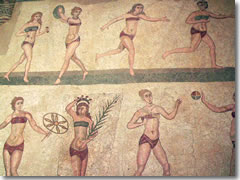
(Image from here.)
This is the mosaic of Young Women Exercising, which is in the Roman Baths. Another place with mosaics is a Villa in Sicily that had 7,000 feet of mosaics.
And that concludes our Roman art and architecture tour. Time to head back to the time machine and get out of here. Stay classy, Rome.

